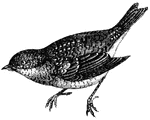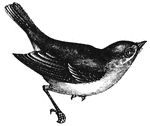Clipart tagged: ‘Turdidae’
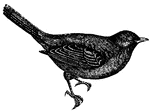
Blackbird
The blackbird is shy and artful by nature, and shows extreme caution in approaching any object of suspicion.
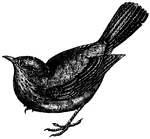
Blackbird
The blackbird is shy and artful by nature, and shows extreme caution in approaching any object of suspicion.

Catbird
"Cat-Bird. Slate-gray, paler and more grayish-plumbeous below; crown of head, tail, bill, and feet black.…
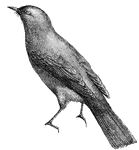
Nightingale
Nightingale, a bird famous on account of its brilliant song, which for quality and variety is not exceeded…
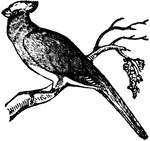
Nightingale
Nightingale, a bird famous on account of its brilliant song, which for quality and variety is not exceeded…
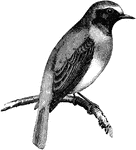
Redstart
"Our Ruticilla phoenicurus,the Redstart, is grey, with brown wings, chestnut breast, rump, and lateral…
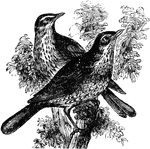
European Redwing
Two European Redwing birds sitting on a tree branch. These song birds are usually brown with darker…
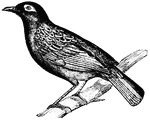
Thrush
The thrush flies indifferently, but in running and hopping they are very nimble.(Figuier, 1869).
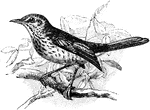
Fieldfare Perched on Branch
The fieldfare (Turdus pilaris) is a bird in the Turdidae family of thrushes.
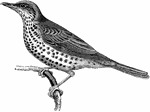
Mistletoe Thrush
"Turdus viscivorus, Mistletoe Thrush, the coloration is ordinarily plain black or brown, more or less…
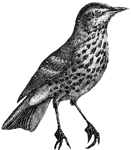
Song Thrush
The song thrush has enjoyed great reputation, not for its vocal powers, but for the deliacy of its flesh...…
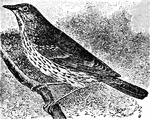
Song Thrush
"Thrush, in ornithology, is the name for any of the Turdidæ. They are universally distributed,…

Wood Thrush
"Wood Thrush. Upper parts, including the surface of the closed wings, tawny-brown, purest and deepest…


